Rising Geriatric Population
The increasing geriatric population is a significant driver of the Gabapentin Market. Older adults are more susceptible to conditions such as neuropathic pain and seizures, leading to a higher demand for effective treatment options. As the global population ages, the prevalence of age-related health issues is expected to rise, consequently increasing the need for medications like gabapentin. Current demographic trends indicate that by 2030, the number of individuals aged 65 and older will reach approximately 1.4 billion, creating a substantial market for gabapentin. This demographic shift suggests that the Gabapentin Market may experience robust growth as healthcare systems adapt to meet the needs of an aging population.
Regulatory Approvals and Guidelines
The role of regulatory approvals and clinical guidelines is pivotal in shaping the Gabapentin Market. Regulatory bodies are continuously evaluating the safety and efficacy of gabapentin, which can directly impact its market presence. Recent approvals for new indications or formulations can stimulate market growth by expanding the drug's therapeutic applications. Furthermore, updated clinical guidelines that endorse gabapentin for specific conditions may lead to increased prescriptions by healthcare providers. As these regulatory developments unfold, they are likely to create a more favorable environment for gabapentin, thereby enhancing its position within the pharmaceutical landscape.
Advancements in Pharmaceutical Research
Ongoing advancements in pharmaceutical research are contributing to the evolution of the Gabapentin Market. Researchers are exploring novel formulations and delivery methods that could enhance the efficacy and safety profile of gabapentin. For instance, studies are investigating the potential of extended-release formulations that may provide more consistent therapeutic effects. Additionally, the exploration of gabapentin's mechanism of action continues to reveal new insights, potentially leading to expanded indications for its use. As these research initiatives progress, they may not only bolster the existing market but also pave the way for innovative applications of gabapentin, thereby attracting interest from both healthcare professionals and patients alike.
Increasing Prevalence of Neuropathic Pain
The rising incidence of neuropathic pain conditions, such as diabetic neuropathy and postherpetic neuralgia, is a primary driver of the Gabapentin Market. As more individuals are diagnosed with these chronic pain disorders, the demand for effective treatment options like gabapentin is likely to increase. According to recent estimates, neuropathic pain affects approximately 7-10% of the population, indicating a substantial patient base seeking relief. This growing prevalence not only highlights the need for gabapentin but also suggests a potential expansion in market opportunities for pharmaceutical companies. The Gabapentin Market may experience significant growth as healthcare providers increasingly prescribe this medication to manage neuropathic pain, thereby enhancing patient quality of life.
Growing Awareness of Mental Health Disorders
The increasing awareness and diagnosis of mental health disorders, such as anxiety and bipolar disorder, are influencing the Gabapentin Market. Gabapentin is often utilized off-label for managing anxiety symptoms, which has led to a rise in prescriptions for this purpose. As mental health becomes a focal point in healthcare discussions, the demand for effective treatments is likely to surge. Recent surveys indicate that nearly 1 in 5 adults experience mental illness, underscoring the potential market for gabapentin as a therapeutic option. This trend suggests that the Gabapentin Market could see a significant uptick in demand as healthcare providers recognize the medication's utility in addressing mental health challenges.


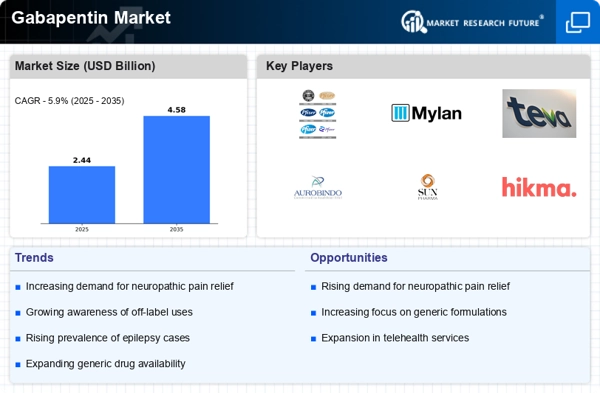
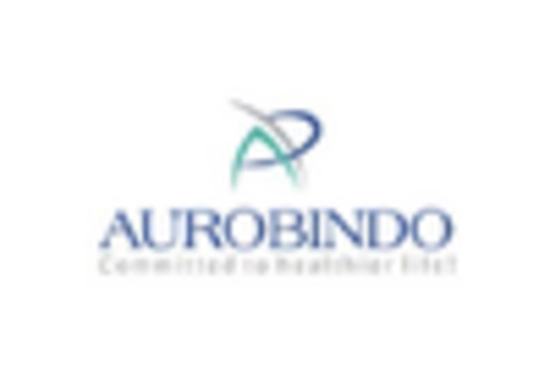
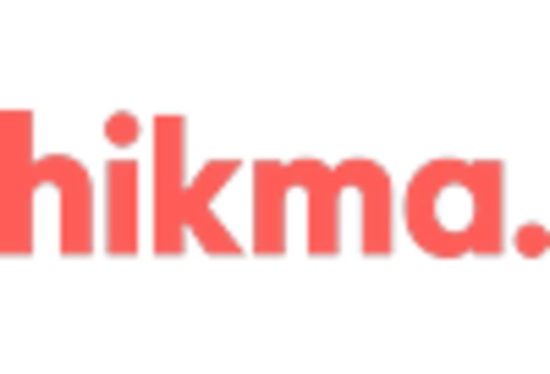
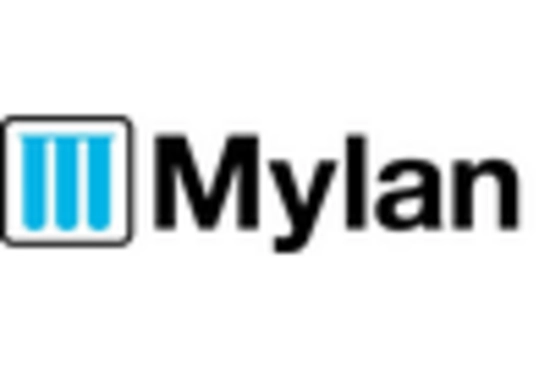


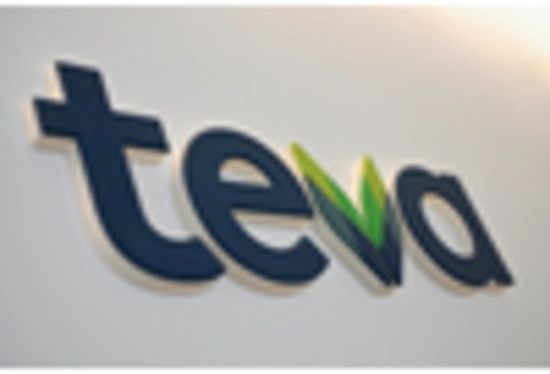








Leave a Comment